Want to bring a little Norwegian kos into your life this autumn season? Here are five tips for a more koselig Norwegian fall!
It’s that time of the year when the days are getting colder, the nights are getting longer, and every single coffee shop is selling their own version of the Pumpkin Spice Latte.
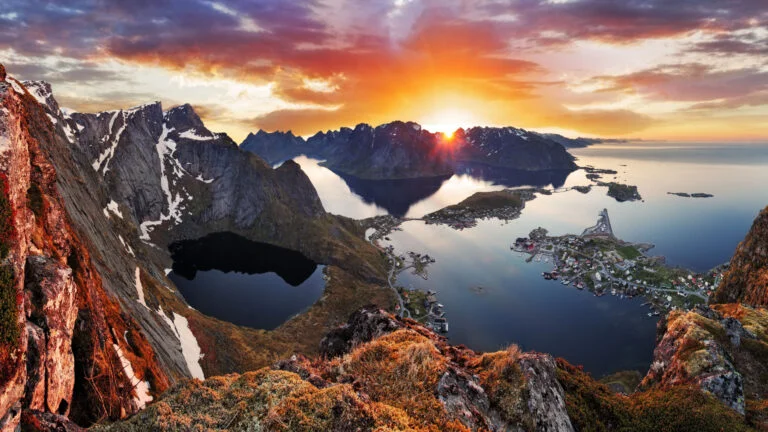
In Norway, the changing season means injecting a heavy dose of kos into your daily life.
It's the most koselig time of the year
What is kos? Technically, kos (noun) isn’t directly translatable into English, but it’s often simplified as “a feeling of cosiness”, and Norwegians have a very specific – and seemingly innate – understanding of what can be described as koselig.
Kos is the main weapon in the Norwegians’ arsenal against the long, dark winters, and – when used correctly – capable of warming the heart much more effectively than any Pumpkin Spice Latte.
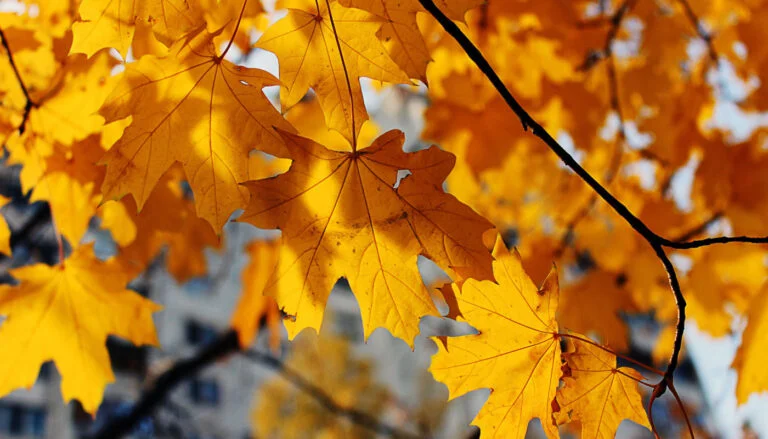
But does this mean that only Norwegians can make things koselig? After all, if kos is such a Norwegian concept, how can non-Norwegians hope to understand it, much less use it in their own lives?
Lucky for you, I’ve spent five years learning the ways of kos, and I think I’ve cracked the code. Here are five key things that Norwegians do to keep the koselig spirit alive.
1. Light candles
This side of summer, the days start to shorten extremely quickly in Norway, and by October, 4pm can easily feel like 10 pm, even in Oslo. Therefore, it’s hardly surprising that Norwegians are desperate for any light they can get.
However, for it to be koselig, you can’t just have any type of light. Harsh ceiling lights are not koselig. Koselig requires a soft, dynamic light, and a feeling of warmth that makes the outside seem even colder and you even happier to be inside as a result.
Candles are the perfect koselig lighting – specifically, tealights. And lots of them. Arguably, an unreasonable amount.
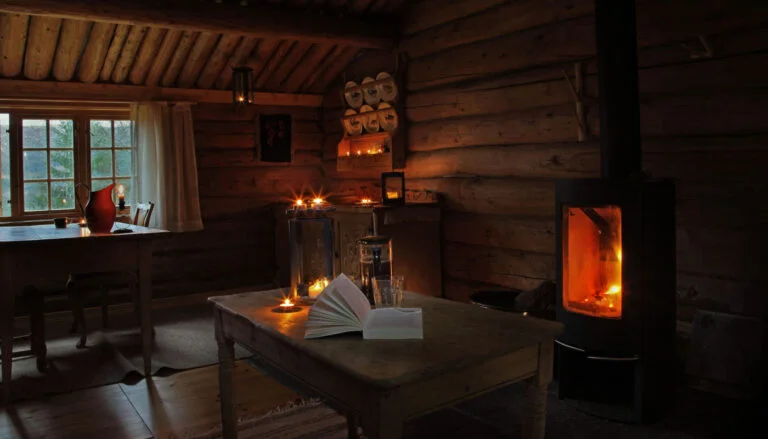
How many tealights is an unreasonable amount? Well, it’s enough tealights to be considered a fire hazard with a few more added for good measure.
You may think that, given the wooden nature of many Norwegian houses, so many candles is – quite literally – playing with fire. And you would be entirely correct.
Personally, nothing has reminded me of my mortality as much as visiting friends who’ve placed tea lights over every square inch of their coffee table, which is about the same height as their enthusiastic golden retriever’s tail.
For this reason, LED or battery-powered tea lights are also an acceptable option (so long as they replicate that flickering flame motion).
2. Embrace knitwear
As a British person, any complaints about being cold when I was younger were always met with a resounding and unsympathetic cry of “Put a(nother) jumper on!” from my parents.
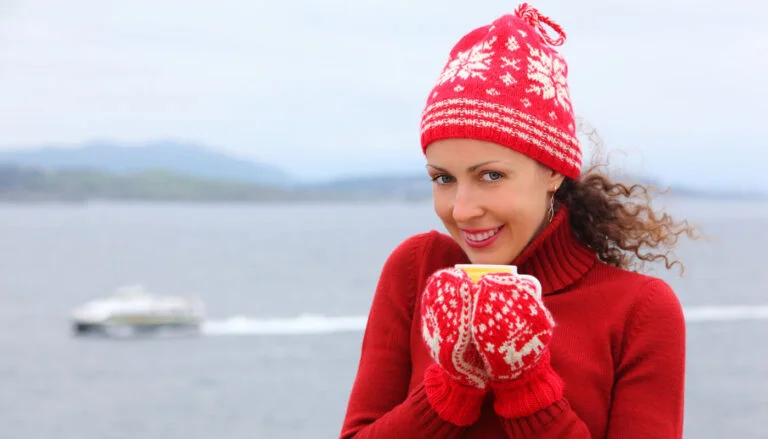
Therefore, adapting to the Norwegian love of knitwear was one of the easiest cultural transitions I’ve experienced in Norway.
Read more: 5 Things To Do in Norway Instead of Skiing
The second there’s a slight chill in the air, Norwegians take their cue to whip out their seasonal jumpers from where they’d been neatly put away only a couple of months earlier. You get bonus koselig points if the knitwear is something that you have knitted yourself – or that’s been knitted for you by someone else.
The act of knitting itself is also a very koselig activity, and a lot of my friends will spend autumn knitting next year’s jumper, while wearing the jumper they knitted last year.
The Marius sweater is a traditional choice, but by no means the only one. The sweaters I’ve seen explicitly described as koselig tend to be relatively baggy with long sleeves and highish necks – although that style is also very fashionable in Norway at the moment generally.
Personally, I’d advise prioritising something that you can easily put on and take off because Norwegians alway keep their buildings very warm in the winter; I’ll often leave my house in the morning in multiple layers and have sweat through all of them by the time I reach my desk.
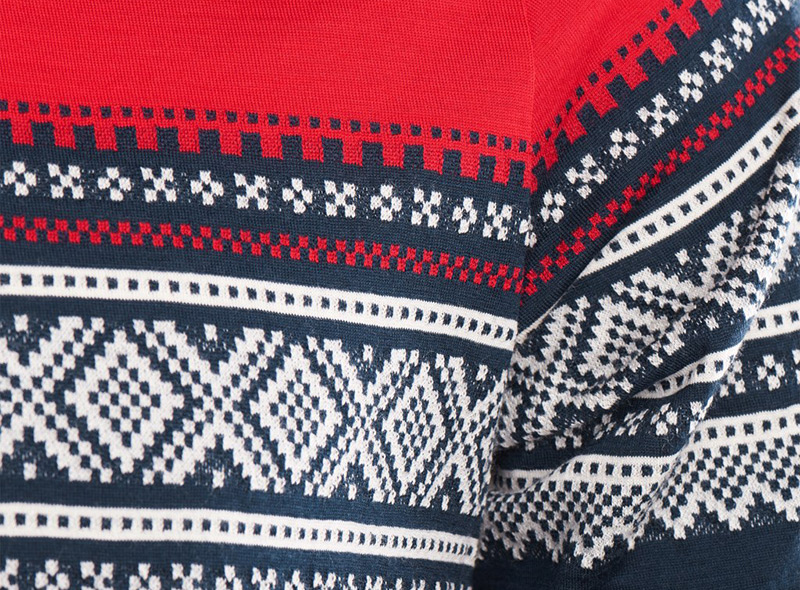
If you find the idea of choosing a koselig sweater far too stressful, you can always go for knitted socks (or læsta in Northern Norwegian) instead. Knitted socks are alwayskoselig.
3. Always have a blanket nearby
On a related note: break out every single blanket you own, it’s time to literally smother your house in kos.
Scandinavian interiors can come across as quite cold, with muted colours, a zero tolerance of clutter, and furniture designs that look like what 80s movies thought homes would have in the 2000s.
This can have its advantages, particularly in the summer, as Norwegian homes don’t typically have air conditioning so having space to breathe (or lie in a sweaty starfish position on the floor) is important.
In the colder months though, having all that empty space can feel very chilly. The solution: cover that space with blankets.
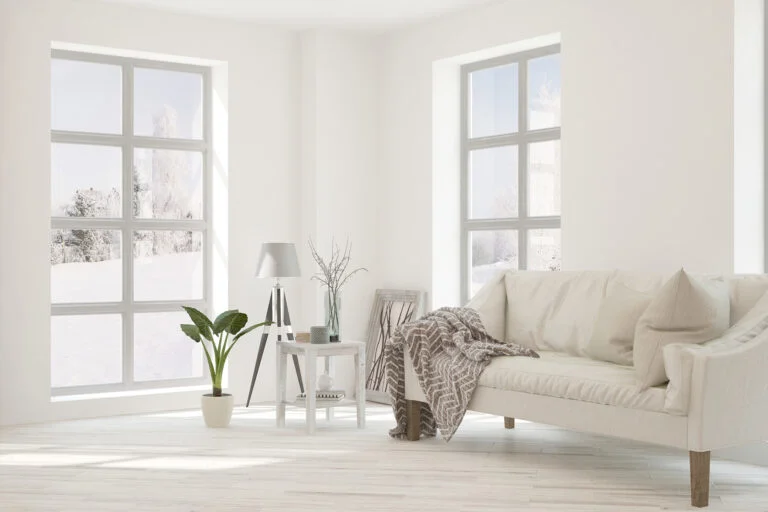
I don’t think there’s a specific type of blanket or pledd that’s more koselig than another. All blankets are fairly equal in that sense. As long as you can snuggle under it when reading a book or watching TV or knitting læsta, it’s koselig.
As I write this, we have no fewer than four different blankets on our sofa: not all in use, but all within easy grabbing reach.
I’ve fully embraced the blanket lifestyle – particularly since Europe is currently in the middle of an energy crisis. The only downside is that once you’re under a blanket, it makes doing anything that involves leaving the blanket about ten times harder.
4. Light a fire
If candles aren’t giving you the warmth or atmosphere you need, you can always go one step further and light a proper fire… in the appropriate place, of course.
In the UK or US, we typically think of a fireplace as being built into the wall and made out of brick or stone. However, in Norway, fireplaces are often black, iron, wood-burning stoves or vedovn (“wood oven”).
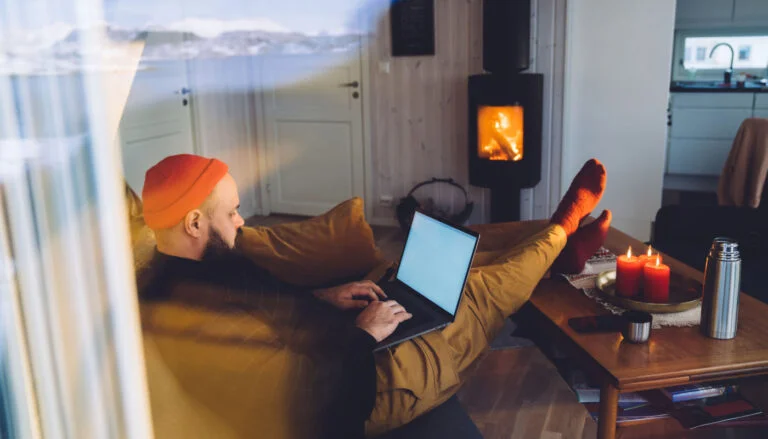
These things are capable of emitting a surprising amount of heat – so much so that opening the door to throw another log in risks losing your eyebrows off your face. However, beyond the heat purposes, the sight and sound of wood crackling in the fireplace on a cold evening is peak koselig.
Alternatively, for a different – yet equally koselig – type of atmosphere, you can always light a fire outside. A bonfire or bål can either be an open fire built on the ground or in a brazier (bålpanne).
It will often have benches or logs around it for you and your friends to sit on and spend a very koselig evening chatting, eating snacks and occasionally shuffling around to avoid bonfire smoke being blown into your face by the wind. Blankets are also encouraged.
Due to the risk of wildfires, there’s a general ban against lighting bonfires or grilling in forests and fields from 15 April until 15 September, with additional restrictions implemented in certain places. Always check the rules for your area before striking that first match.
5. Go for a walk
After spending so much time building a koselig home, you’d think that Norwegians would never want to leave it. Think again.
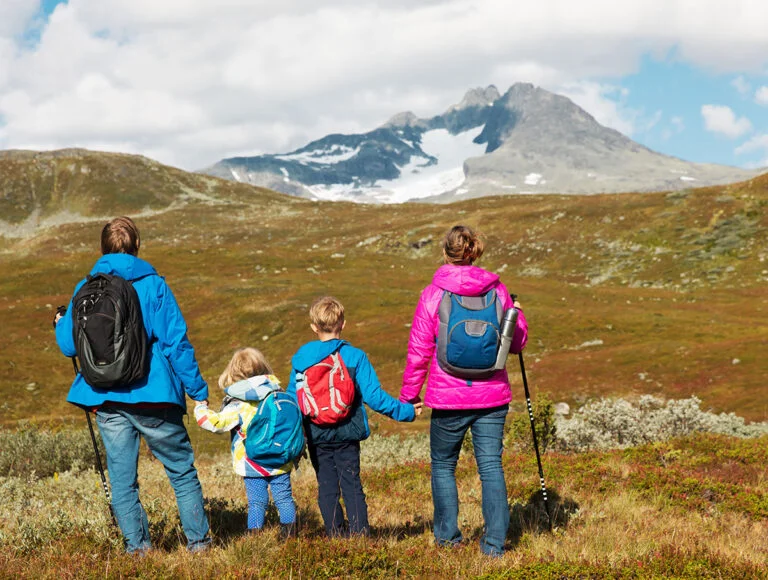
Friluftsliv or “the outdoor lifestyle” is a cornerstone of Norwegian culture, no matter the season. If blizzards won’t stop them from going out on their søndagstur (“Sunday walk”), then a slight chill in the air won’t even be a blip on their radar.
Don’t get me wrong, going for a walk on a sunny autumn afternoon when all the leaves have turned orange and make that great crunching sound when you step on them, and you’re not too cold because you’re bundled up in knitwear, does sound like a nice time.
But autumn weather is not like that all the time. Rain, wind and sleet are also staples of a Norwegian autumn, which makes it much harder to leave the koselig nest I’ve built for myself.
Then again, a Norwegian would say that coming back home after going for a miserable walk in suboptimal weather makes it even more koselig.
Personally, I think I’m quite content with the level of koselig I already have.
What do you do to make your home koselig? How many candles is a fire hazard in your home? Let us know in the comments!



Unfortunately the current critical climate situation makes lighting fires and candles a bit of an environmental crime. Get the battery lights out!!
And the battery ones are so climate friendly because…?